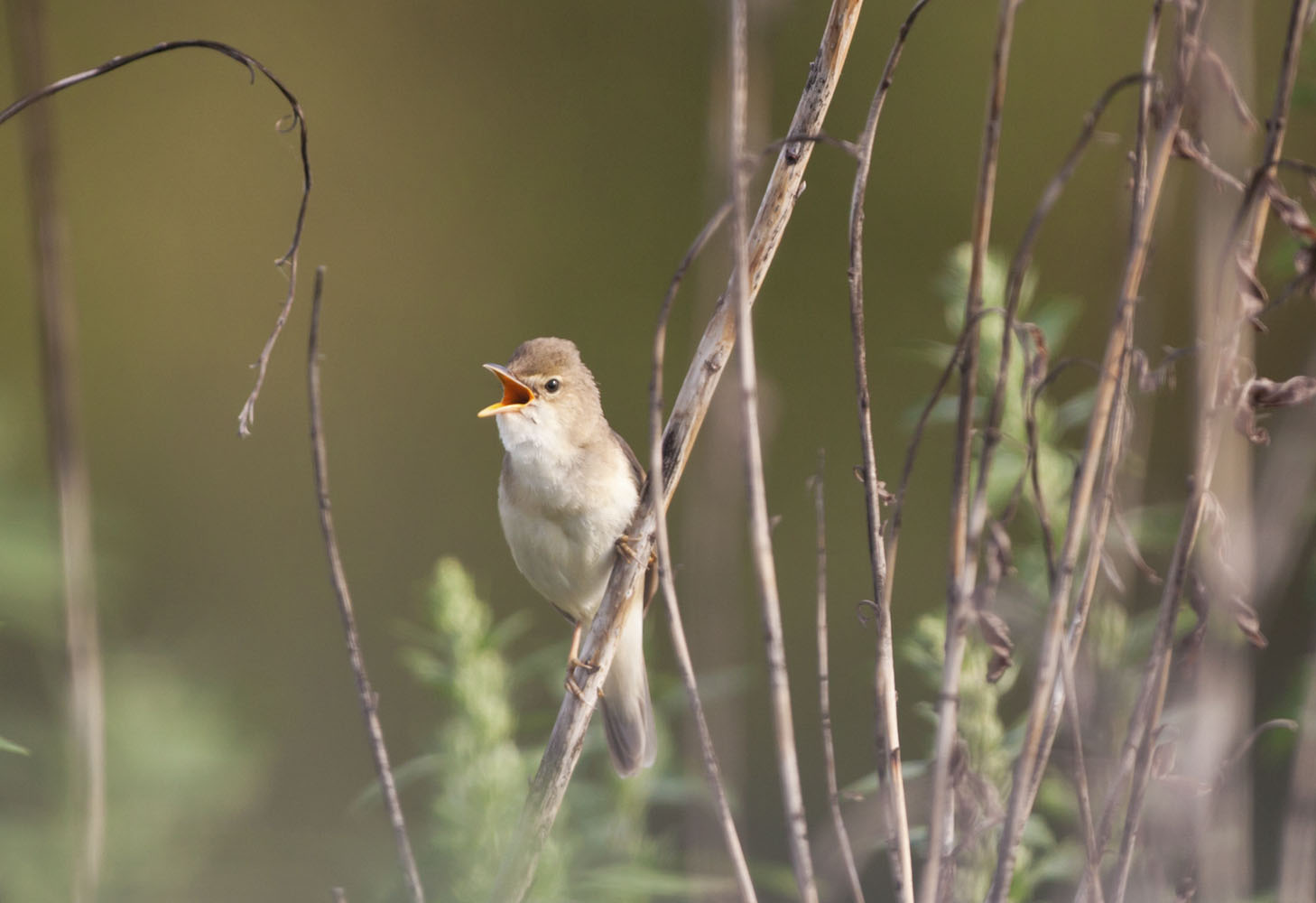
Migration blog (June – July)
With the longest day behind us what have the last few weeks provided, and what can we expect in July?
As the temperatures soared during early summer, the pace of bird migration for many species slowed as they concentrated on rearing this year's young birds. That doesn’t mean that some birds weren’t still on the move.
Mid-summer is usually a slow part of the year when it comes to migration. However, this year a few species seem to have ignored this and turned up in higher numbers than usual. The stand-out species of the least four weeks have been Rose-coloured Starling, Marsh and Blyth’s Reed Warbler, and more recently Crossbills. Rose-coloured Starlings are more usually found in Western and Central Asia, but they are a nomadic species that can have irruptions that force them away from their traditional areas. These irruptions are usually in response to locust swarms. It is difficult to get a true number of individuals involved as they have been moving around a lot, but it looks like around 100 birds have been seen across the UK, from the Isles of Scilly right up to the Shetland Islands. This is a bird that you really could see in or around your garden as they will join flocks of Starlings.
Marsh Warbler is a rare breeding species in the UK whose song is full of mimicry and often includes the calls of Bee-eaters, as well as some African species that they encounter whilst on their wintering grounds. This year singing males have been reported from several locations in Britain, with east coast locations getting the lion's share of the birds. Let's hope that these birds stay to breed.
A similar species is the Blyth’s Reed Warbler which this has gone from an extremely rare species that was assumed to only be identifiable by catching them and taking measurements of the wing, to one that has become a scarce migrant in the autumn and now having the occasional singing bird each spring. This year, however, the number of spring individuals has been way above normal and some 16 or more birds have been found, again with an east coast bias. Could this be the year that breeding in the UK is confirmed?
Within the last few days, Crossbills have been recorded in bigger and bigger numbers and it seems that an irruption of this species is also taking place. Scarborough had over 1,000 birds pass over on the morning of the 25th. These birds are likely to have originated from Scandinavia, as flocks have been reported as far north as Fair Isle meaning they are unlikely to be UK birds. These irruptions are usually a result of a failed cone crop and cause many hundreds of birds to move south and east in search of pine cones on which to feed.
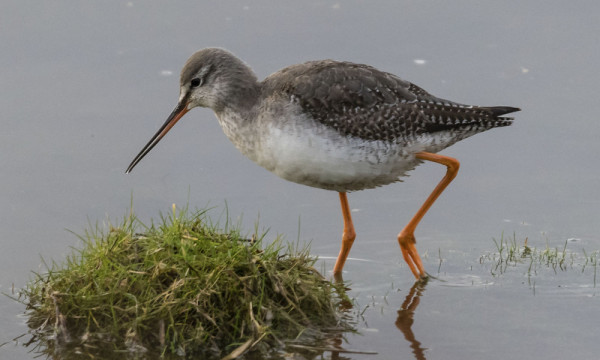
Species Focus - Spotted Redshank
Spotted Redshanks begin to appear in our wetlands during early June as female birds, having left the males to continue with incubating the eggs and caring for the young, rest, feed and begin to moult at their stopover sites. Seeing these birds is also one of the first signs of autumn migration. The males and young birds begin to appear during the second half of July.
Spotted Redshank is mainly a spring and autumn passage migrant to Britain, but around 100 or so spend the winter months here. It has never been proven as a breeding bird in Britain. Spotted Redshank has a wide winter range, mainly in Africa, ranging from south to the Congo, with some birds wintering as far west as West Africa. However, birds can be found during the winter months anywhere from the coasts of Britain to West Africa.
Weather for the month ahead
The weather over the coming weekend is expected to see an end of the heatwave as a low-pressure system in the Atlantic heads towards Britain and Ireland, bringing with it cooler air and relief for many. These cooler temperatures and associated westerly winds are unlikely to bring in much of the way of vagrants, as most birds will be breeding. We may see a drop in the intensity of the Crossbill influx as the winds push them back towards the continent. If an easterly airflow opens up again in the next few weeks, this could see the resumption of the Crossbill influx and may even involve the rarer Two-barred Crossbill which typically breeds further north and east.
The weather over the coming weekend is expected to see an end of the heatwave as a low-pressure system in the Atlantic heads towards Britain and Ireland.
However, as we progress through the week the winds begin to switch back around to a southerly direction and this could drag across species like Honey-Buzzard or Black-winged Stilts or maybe a Great Spotted Cuckoo or rare Wheatear. Late June and early July can see good numbers of Swifts on the move as non-breeding birds and failed breeders begin to start their migration. Places like Spurn are renowned for having days where thousands of birds pass in a single day but this can be experienced at a lower level across the UK. Clouds of birds can sometimes gather over reservoirs and lakes late in the day.
For some waders, it is a case of job done, with Spotted Redshanks and Green Sandpipers the first of the ‘autumn’ waders to appear even as early as midsummers day. Indeed it can be difficult at this time of year to distinguish between individuals that are still heading north and those that are heading back south. It could be that two Green Sandpipers sharing the same pool could be heading in totally different directions!
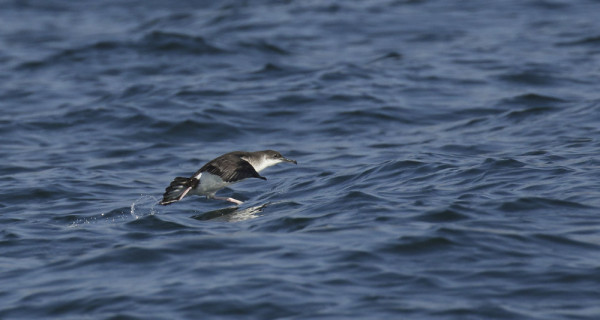
Early July onwards sees the start of the seabird season and species like Manx Shearwater will start to appear off headlands around the UK. For many North Sea counties, this is a good time of year to log the first birds of the year. Mixed in with these, especially along the south coast, can be the critically endangered Balearic Shearwater whose numbers increase in British waters during July and August. Places like Portland (Dorset) and Berry Head (Devon), Porthgwarra (Cornwall) and Strumble Head (Pembrokeshire) are good places to encounter one. Storm Petrels also start to increase in occurrence and can be seen from similar locations as Manx Shearwaters.
Along with Spotted Redshank and Green Sandpiper, July sees other waders starting to head back south for the winter months. Both Common and Wood Sandpipers, Little Ringed Plover and Whimbrel arrive in increasing numbers throughout July. Rarer species that could turn up include American Golden Plover, Wilson’s Phalarope, and White-rumped Sandpiper from America or Lesser Sandplover and Pacific Golden Plover from the east. Don't forget to record any birds you see using BirdTrack.
Please remember to follow any government guidelines whilst birdwatching.


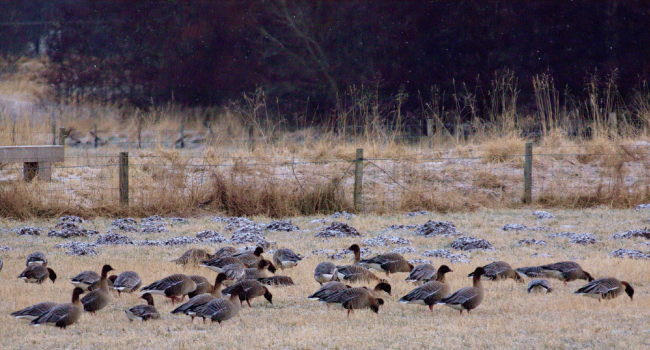
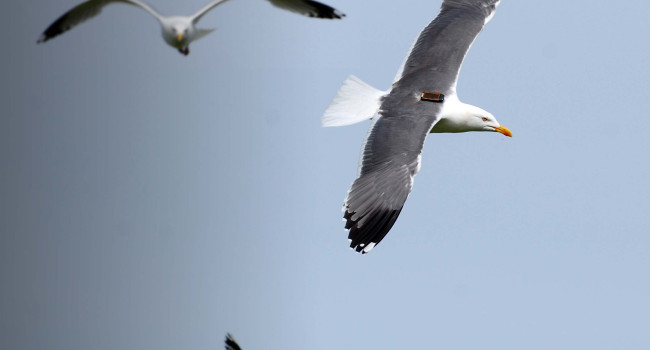
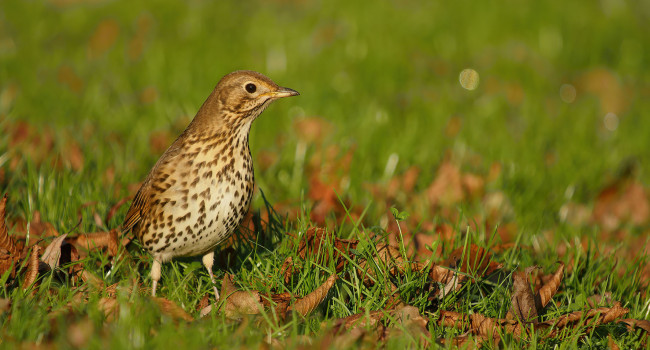

Share this page